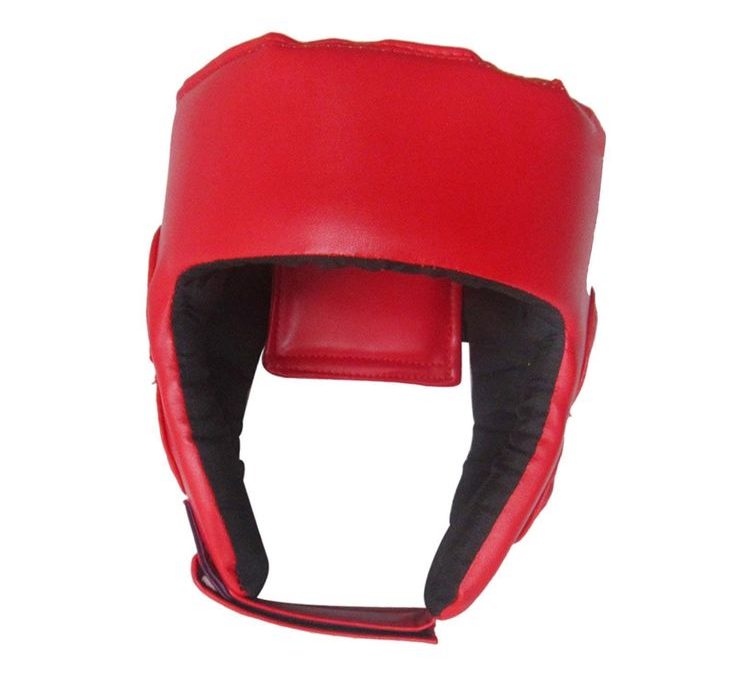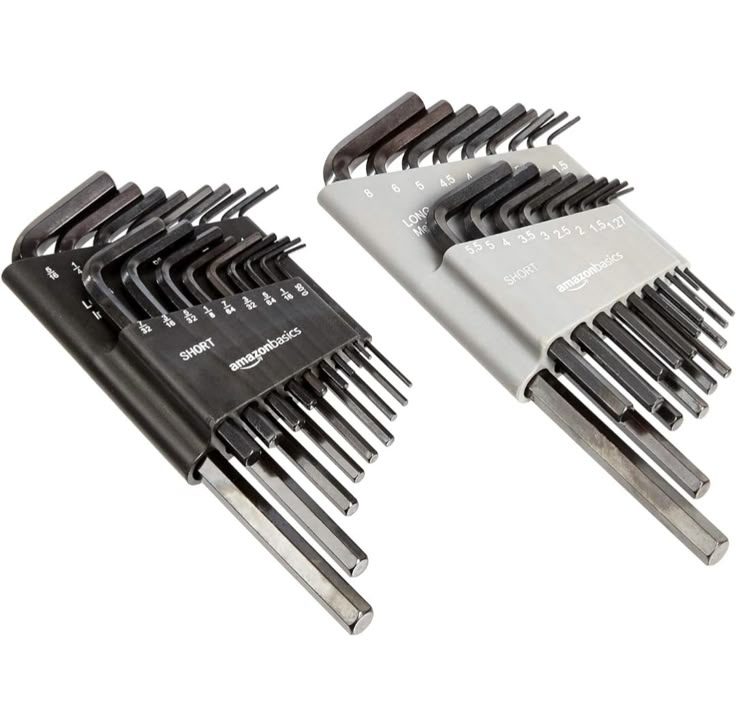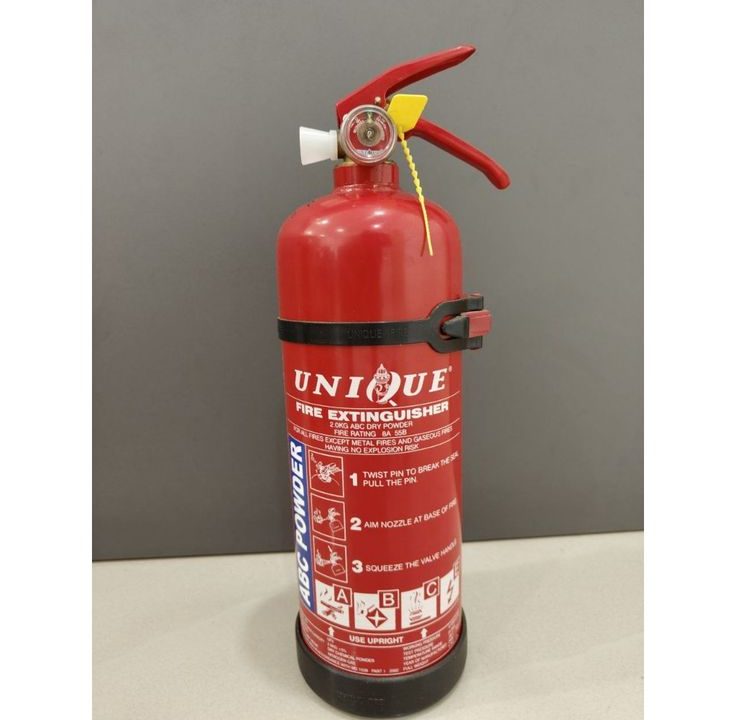The Essential Guide to Head Protection Equipment: What You Need to Know

How Road Safety Equipment Can Help Reduce Traffic Violations
February 3, 2025
How Does A Dry Powder Fire Extinguisher Work
March 6, 2025Head protection is an integral component of personal protective equipment (PPE) that ensures safety and minimizes injury risks in various industries. Whether you’re working in construction, manufacturing, or any field with hazardous environments, head protection equipment is crucial.
Protecting the head from trauma, falling debris, and potential accidents can prevent life-changing injuries and fatalities. In this comprehensive guide, we will explore everything you need to know about head protection, including its importance, types, features, and best practices for use.
Key Takeaways:
- Types of Safety Headgear: Hard hats, bump caps, and specialized helmets.
- Importance of Head Safety: Prevents serious injuries, reduces accident rates, and complies with safety regulations.
- Choosing the Right Equipment: Key considerations include comfort, fit, and specific hazards.
- Maintenance and Care: Regular inspection and cleaning to ensure effectiveness.
- Legal Compliance: Head safety equipment must meet industry standards for workplace safety.
Why Head Protection Matters: An Overview
Head injuries are some of the most serious workplace injuries that can result in long-term disability or even death. The skull and brain are incredibly vulnerable to external forces, and injuries to the head can affect motor skills, cognitive function, and even life expectancy.
To safeguard workers, employers must prioritize head protection. Head safety equipment is designed to absorb shock, distribute impact, and protect against various hazards like falling objects, electrical shocks, and even heat exposure.
Workplace safety regulations across different industries require helmets to be worn in specific situations. It isn’t just a precaution—it’s a requirement that keeps employees safe and reduces liability for employers.
Types of Head Safety Equipment
These tools come in several forms, each designed for specific types of work environments and hazards. Understanding the different types of headgear is essential for choosing the right equipment for your job.
Hard Hats
Hard hats are the most common form of head safety equipment. These helmets are made from durable materials like polycarbonate or fiberglass and are designed to protect against impact and penetration from falling objects or collisions. Hard hats come in two primary types:
- Type I: Designed to protect the top of the head from impacts.
- Type II: Provides protection from both the top and sides of the head, offering greater coverage.
Hard hats are often used in industries such as construction, oil and gas, and manufacturing, where falling debris is a significant risk. They are typically adjustable to ensure a snug fit and come with additional features like suspension systems to absorb impact.
Bump Caps
Bump caps are lighter than hard hats and offer protection against minor bumps and scrapes. They are commonly used in environments where the risk of a serious head injury is minimal but where head safety is still necessary to avoid minor injuries. Bump caps are often used in warehouses, factories, and maintenance environments where workers may be working in confined spaces or near low-hanging equipment.
These caps are not designed to protect against heavy impacts like hard hats and should not be used in high-risk environments. However, they offer comfort and flexibility in less hazardous situations.
Specialized Helmets
In certain industries, specialized helmets are required for specific hazards. These helmets often have additional features designed to protect against particular risks, such as electrical shock, high temperatures, or chemical exposure. For example:
- Electrical helmets: Designed for workers in the electrical industry, these helmets are equipped with insulating properties to prevent electrical shocks.
- Welding helmets: Provide protection against intense heat, sparks, and UV rays while offering a face shield for additional safety during welding operations.
- Climbing helmets: Used by rock climbers, construction workers, or rescue teams, these helmets are lightweight but offer extra protection from falls and falling objects.
Each specialized helmet is designed with a particular type of hazard in mind, offering comprehensive protection for the unique challenges of different work environments.
Key Features to Look for in Head Protection Equipment
Choosing the right equipment involves more than just selecting the most durable option. There are several key features to look for to ensure maximum safety and comfort:
Impact Resistance
The primary function of head safety tools is to absorb and distribute the force of an impact. Ensure that the helmet or cap is made from a material with sufficient impact resistance.
Materials like high-density polyethylene (HDPE), fiberglass, or carbon fiber are commonly used for their strength and ability to absorb shock.
Fit and Comfort
Safety headgear should fit securely without being too tight or too loose. A comfortable fit is crucial for wearing the equipment for extended periods.
Many helmets come with adjustable suspension systems and headbands, allowing workers to find the most comfortable fit. Padding inside the helmet can also provide extra comfort and reduce fatigue during long shifts.
Ventilation
Working in a helmet can be uncomfortable, especially in hot environments. Look for head protection safety equipment that offers adequate ventilation to keep workers cool and comfortable.
Ventilated helmets help reduce sweating and prevent heat buildup, which can be especially important for workers in industries with high temperatures or humidity levels.
Visibility
For workers in high-traffic areas or low-light environments, visibility is crucial. Some helmets come with built-in reflective strips or are made in bright colors to increase visibility. Additionally, helmets can be equipped with lights or built-in face shields that improve sight and visibility during work.
Customization
Certain work environments may require additional equipment or customization. Some hard hats allow workers to attach accessories, such as face shields, earmuffs, or communication devices. Depending on the job requirements, it’s important to have the ability to modify safety headgear for enhanced safety.
How to Choose the Right Head Protection for Your Job
Selecting the right equipment depends on various factors, including the nature of your work, the level of risk, and industry regulations. Here’s a step-by-step guide to help you make the right choice:
Assess the Risks
First, assess the risks in your workplace. Are there frequent risks of falling objects? Will you be working with electrical equipment? Are there extreme temperatures or hazardous chemicals in your environment?
Understanding the risks will help you determine the type of protection needed. For example, if there is a risk of falling objects, a hard hat is necessary. For electrical work, an insulating helmet is required.
Consider Comfort and Fit
PPE is often worn for long periods, so comfort is essential. Make sure to choose equipment that fits securely and comfortably, ensuring that it will stay in place throughout the workday.
Check Industry Regulations
Different industries have specific regulations and standards for head safety.
Make sure that the equipment you choose complies with industry standards such as those set by OSHA (Occupational Safety and Health Administration) or ANSI (American National Standards Institute). These organizations define the criteria for head safety, ensuring it provides the necessary safety features.
Test for Durability
The durability of safety headgear is crucial for long-term use. Make sure that the material used is strong enough to withstand the potential hazards of your workplace.
It’s also important to regularly inspect the equipment for damage, wear and tear, and other issues that may compromise its performance.
Maintenance and Care for Head Protection Equipment
Equipment, such as helmets, plays a critical role in safeguarding individuals from potential head injuries. However, to maintain their effectiveness, these items require consistent and proper care.
Regular maintenance is essential for ensuring the equipment continues to provide optimal protection. Here’s a comprehensive guide on how to care for your gear:
Inspect Regularly
Before every use, it’s important to perform a thorough inspection of your helmet or other gear. Start by checking for any visible signs of damage, such as cracks, dents, or worn-out padding. These flaws can compromise the helmet’s ability to protect in the event of an impact.
Additionally, inspect the straps and suspension system to ensure they are secure and in good condition. Pay attention to any loose or frayed parts, and check that the ventilation holes are not clogged or obstructed.
If any components show signs of wear or damage, replace the helmet immediately to avoid compromising safety.
Clean and Sanitize
Regular cleaning of your protective gear is essential for hygiene, as well as for prolonging its lifespan. Over time, sweat, dirt, and other contaminants can accumulate on the helmet’s interior and exterior. To clean your helmet, always follow the manufacturer’s guidelines to avoid damaging the materials.
Many modern helmets feature removable liners or washable padding, which makes cleaning easier. If your helmet doesn’t have removable padding, use a soft cloth and mild detergent to wipe down the interior.
Avoid using harsh chemicals or abrasive materials, as these can degrade the helmet’s protective features.
Storage
Proper storage is equally important for the longevity of your equipment. Always store helmets and similar gear in a cool, dry location, away from direct sunlight.
Prolonged exposure to UV rays and excessive heat can weaken the helmet’s materials and cause them to break down prematurely. It’s best to avoid storing your helmet in areas that experience extreme temperatures, such as the dashboard of a car.
Furthermore, avoid placing heavy objects on top of your helmet, as this can lead to deformations, cracks, or other structural damages that will compromise its effectiveness.
Legal Requirements and Compliance
Workplace safety regulations vary significantly from country to country, but a common requirement across most governments is that employers provide safety equipment for workers in hazardous environments.
In the U.S., the Occupational Safety and Health Administration (OSHA) mandates that workers in industries such as construction, manufacturing, and any other high-risk environments wear safety headgear that complies with specific safety standards.
Employers are responsible for ensuring that their workers are equipped with helmets or hard hats that are in good condition and meet the necessary safety criteria. These standards are designed to protect workers from head injuries caused by falling objects, impacts, and other workplace hazards.
Compliance with these safety regulations not only helps safeguard the health and well-being of employees but also ensures that companies avoid costly fines and legal consequences.
Failure to provide proper head protection exposes both the workforce and employers to significant risks. In addition to potential fines, failure to meet these legal requirements can lead to workplace accidents that result in serious injuries or even fatalities.
As such, it is critical for employers to remain vigilant in maintaining and updating their safety practices to meet the ever-evolving legal standards and provide a safe working environment.
Conclusion
Head protection equipment is a critical component of workplace safety, designed to reduce the risk of head injuries in hazardous environments. From hard hats to specialized helmets, there are many types of protective gear for heads available to suit different job requirements.
By understanding the different options, features to look for, and best practices for maintenance, workers and employers can ensure that the right protection is always in place.
Always remember to choose the right equipment based on the specific risks in your workplace, and adhere to industry standards to maintain compliance and keep workers safe.
FAQs
What is the difference between a hard hat and a bump cap?
A hard hat provides robust protection against heavy impacts and falling objects, while a bump cap is designed for lighter impacts and is often used in environments where the risk of serious injury is minimal.
How do I know which type of safety headgear is right for my job?
Consider the nature of the hazards at your workplace, such as falling objects, electrical risks, or exposure to extreme temperatures, and choose equipment designed to protect against those specific risks.
How often should head protection equipment be replaced?
It should be replaced if it shows signs of damage, such as cracks, dents, or wear. It’s also recommended to replace equipment after it has absorbed a significant impact.
Are there helmets designed for electrical work?
Yes, electrical helmets are designed with insulating properties to protect workers from electrical shock and are commonly used in the electrical industry.
Can I add accessories to my head protective gear?
Many hard hats and helmets come with mounting options for accessories like face shields, ear protection, or lighting. However, ensure that any modifications comply with safety regulations and do not compromise the helmet’s performance.




